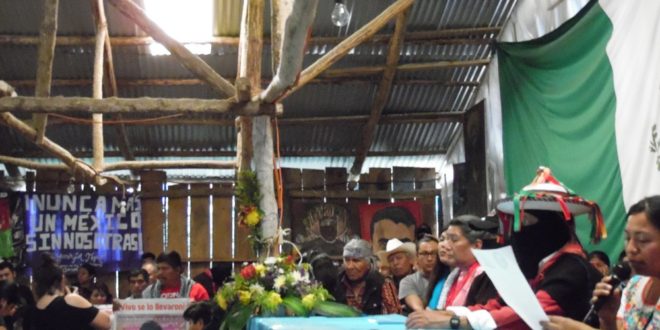
by Amy Booth, IRIN
"This should be tremendous, deep. There should be karachi fish and silverside in here," says Abdon Choque Flores, pointing to a shoulder-high tide mark on the long road bridge that crosses the Desaguadero River in Bolivia’s drought-hit Oruro department.
High on the Andean plateau, the Desaguadero used to connect vast Lake Titicaca with smaller Lake Poopó. But the second lake dried up in late 2015 and there is now so little water in the river that the stretch beneath the bridge is completely dry.
Flores lives in nearby Puñaka, a community of Uru people who traditionally made their living on Lake Poopó, fishing and hunting water birds for their meat and eggs. Now, the village looks across an expansive, white plain that stretches as far as the eye can see.
With the Urus’ main source of food gone, along with the lake, many in the community have been forced to leave to find work in nearby towns. The government is providing those left behind with food aid, but it doesn’t come close to plugging the gap. Flores says they chew coca to suppress their appetite.
Lake Poopó was once Bolivia’s second largest lake, after Titicaca. Climate change has melted the Andean glaciers that fed the lake. Water from its tributaries has been diverted for mining and agriculture. But it was the country’s worst drought in 25 years that dried it up completely.
Continue ReadingCLIMATE CHANGE & BOLIVIA’S CRISIS DROUGHT




